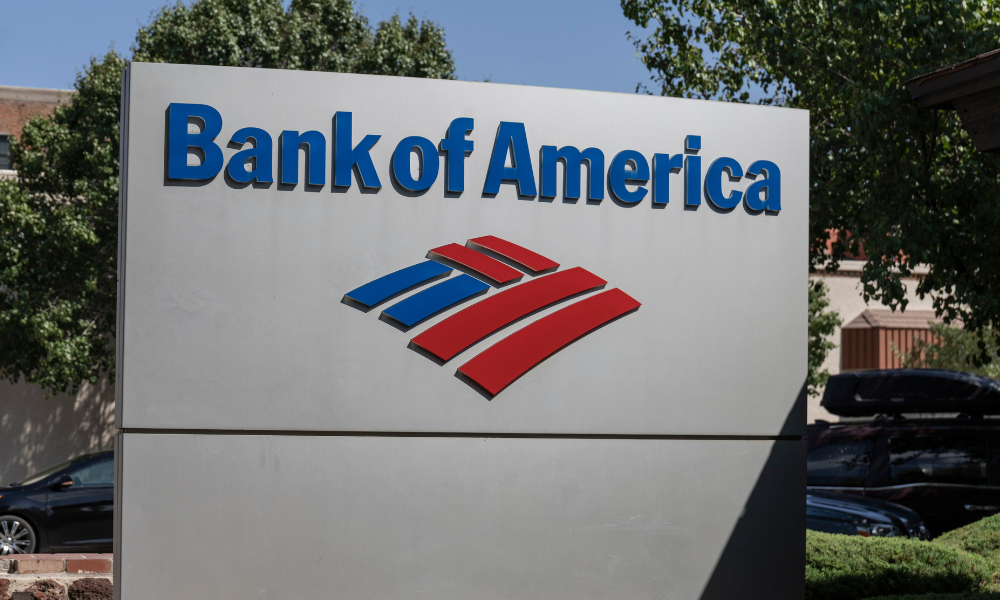FDIC accused BofA of reporting risks separately, lowering dues

Seventeen years after the 2008 financial crisis reshaped how US banks are regulated, Bank of America (BofA) Corp. has been ordered to pay $540 million to the Federal Deposit Insurance Corp. in a legal dispute tied to deposit insurance assessments.
The ruling, detailed in a March 31 court filing, resolves a lawsuit the FDIC filed in 2017 over the bank’s interpretation of a post-crisis rule governing risk exposure calculations.
US District Judge Loren AliKhan found that the bank underpaid assessments owed to the FDIC’s deposit insurance fund under a 2011 rule change.
The FDIC initially sought nearly $2 billion, which included about $1 billion in unpaid fees and another $1 billion allegedly earned by BofA by not making full contributions. The judge rejected the forfeiture of profits but upheld the requirement for partial payments, including interest.
The rule at issue was part of the FDIC’s effort to adjust how large financial institutions report their counterparty exposure data, which is used to calculate quarterly insurance premiums. The agency required banks to consolidate exposures across all affiliated entities under one umbrella figure.
According to Bloomberg’s report, the FDIC claimed BofA reported exposures individually, which resulted in lower perceived risk and reduced payment obligations.
The court’s decision permits the FDIC to recover unpaid assessments from mid-2013 through 2014 but bars earlier claims due to statutory limits. At the time, BofA held about $1.2 trillion in US deposits, with $700 billion covered by the FDIC’s $250,000-per-depositor insurance cap. The agency argued that the underpayments were significant for its $81 billion insurance fund.
The bank defended its reporting method, saying it had disclosed its approach to the agency and acted in good faith. It also argued that the rule’s language was unclear.
“We are pleased the judge has ruled and have reserves reflecting the decision,” said BofA spokesperson Bill Halldin, as quoted by Bloomberg.
In her ruling, AliKhan concluded that the rule’s text was not ambiguous and that the FDIC acted within the authority granted to it by Congress. The court found that BofA should have been able to identify the required standards based on the rule’s language.
The FDIC identified BofA as the only bank that deliberately failed to comply with the 2011 rule. According to the agency, another institution made a similar reporting error but later corrected its filings.
How do you view the balance between regulatory discretion and corporate interpretation in cases like this? Share your thoughts in the comments.



